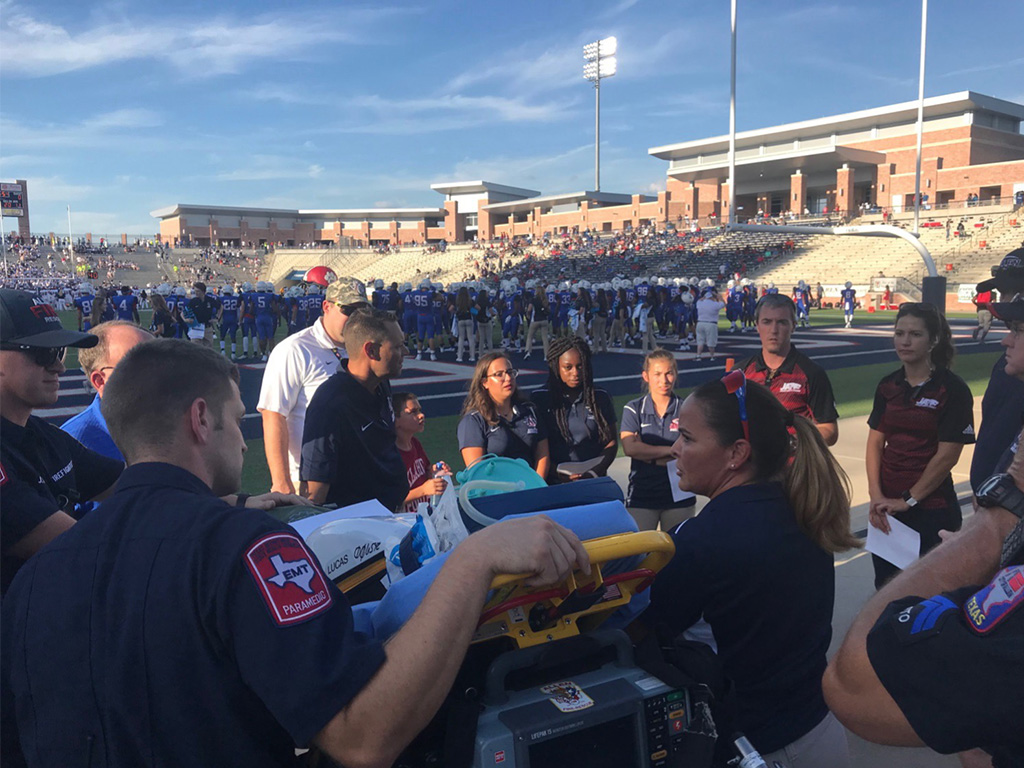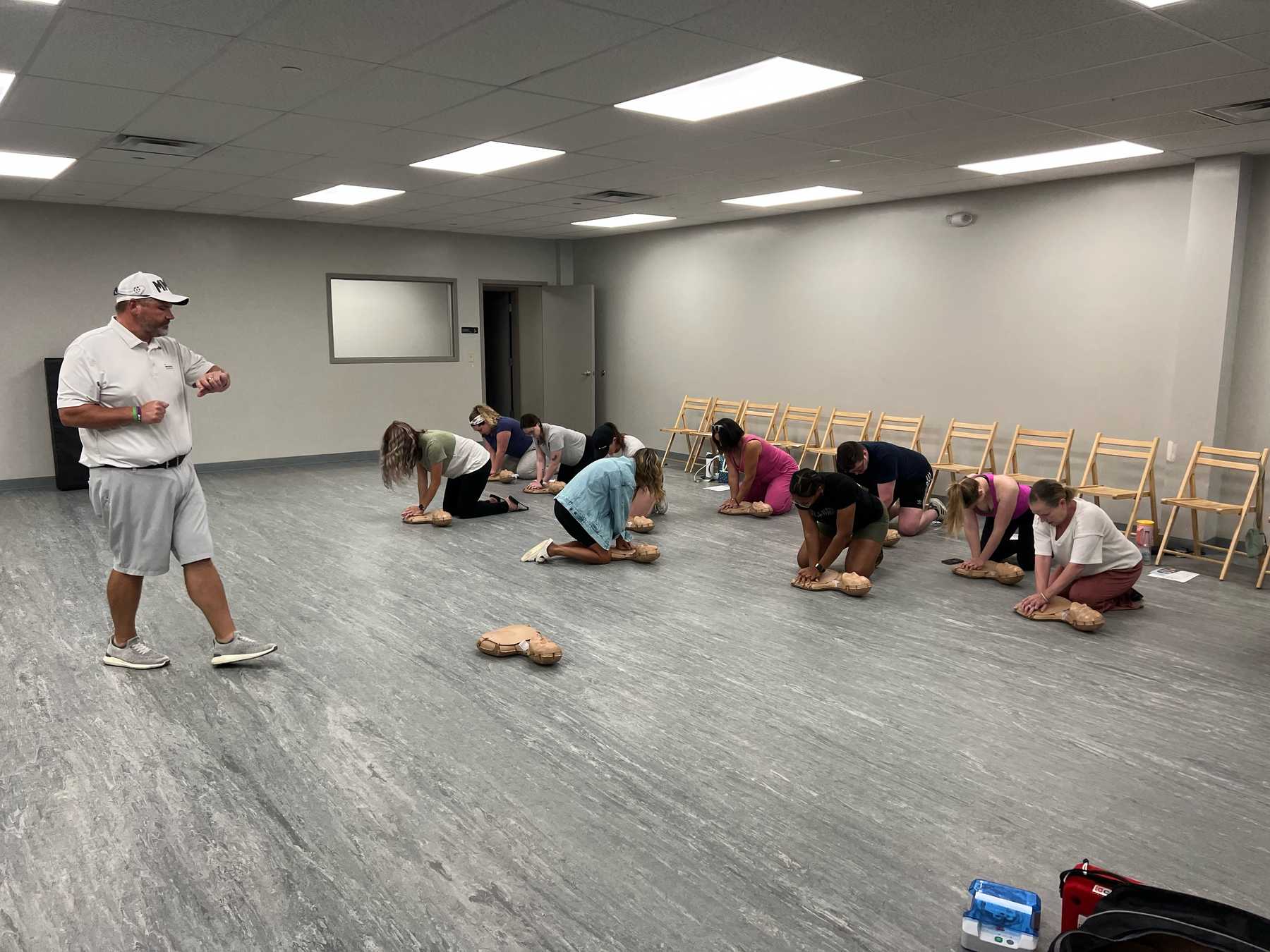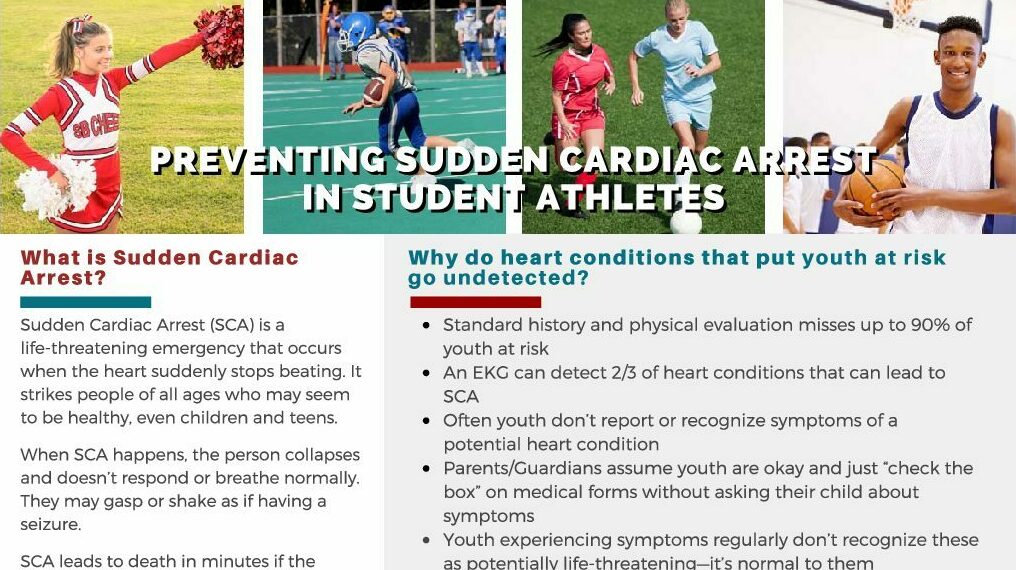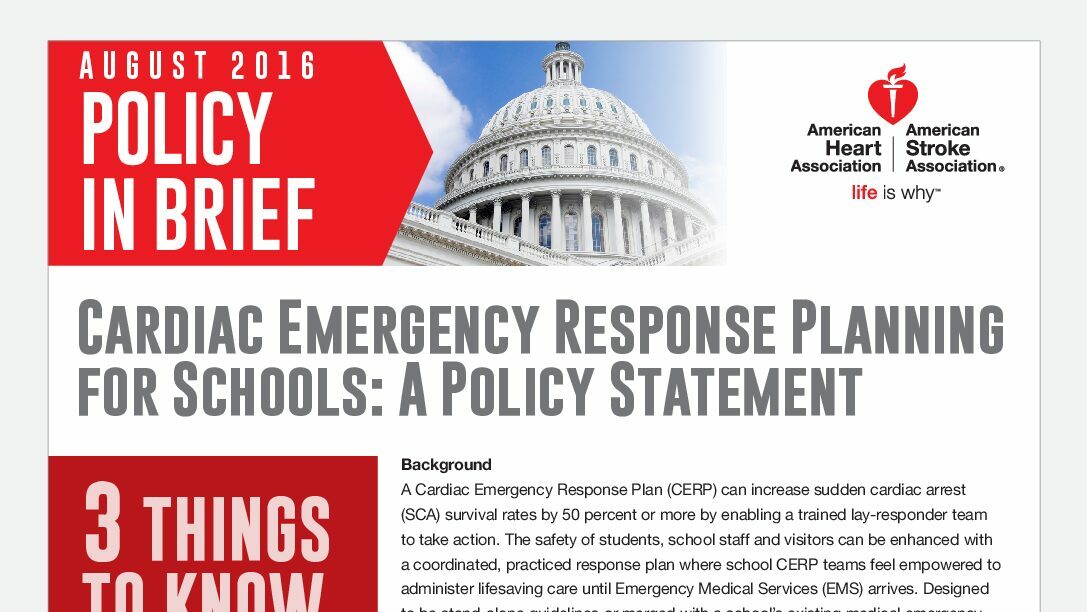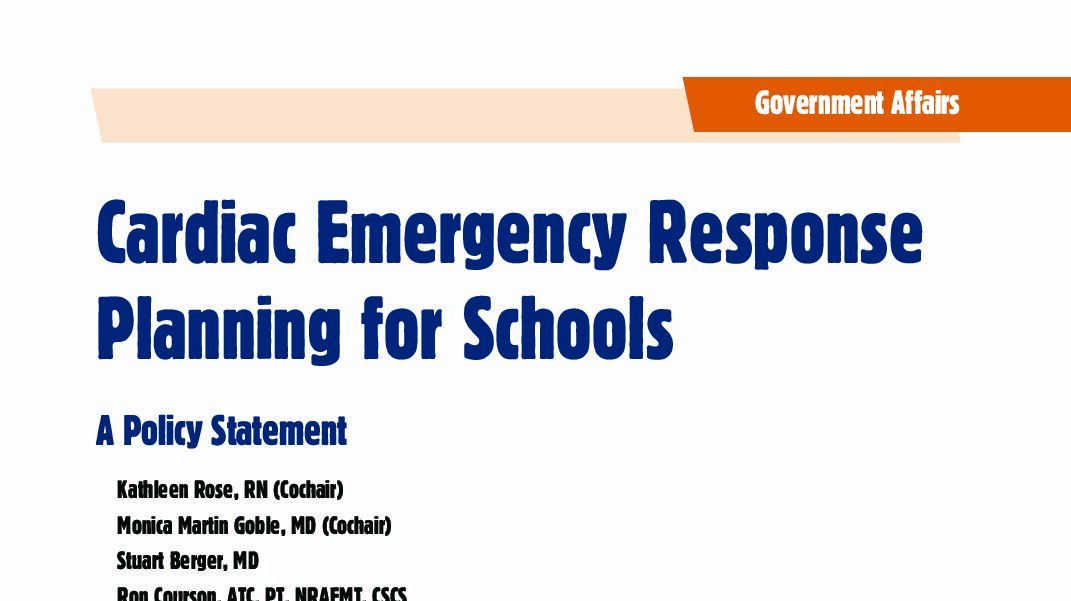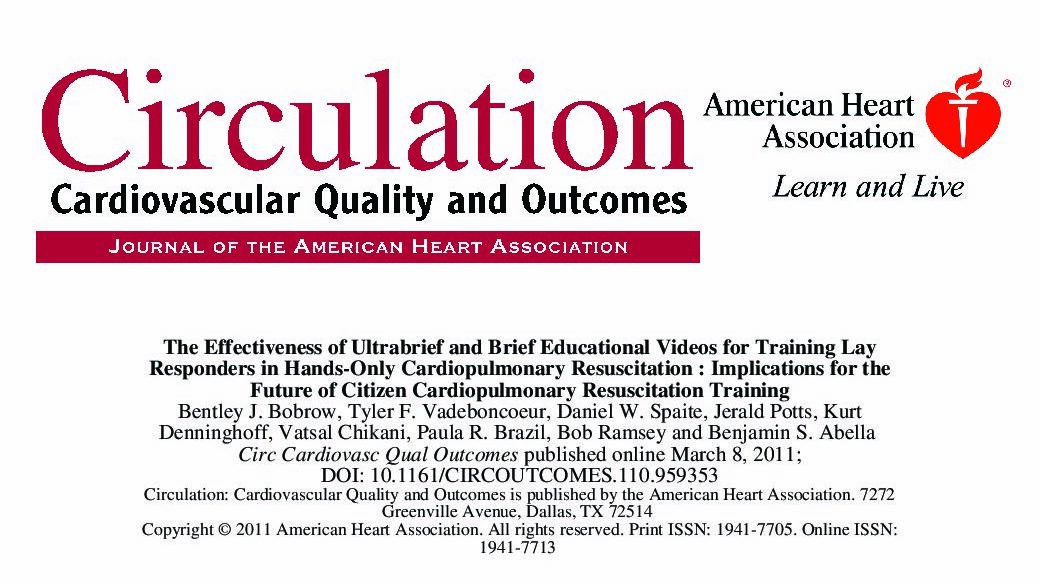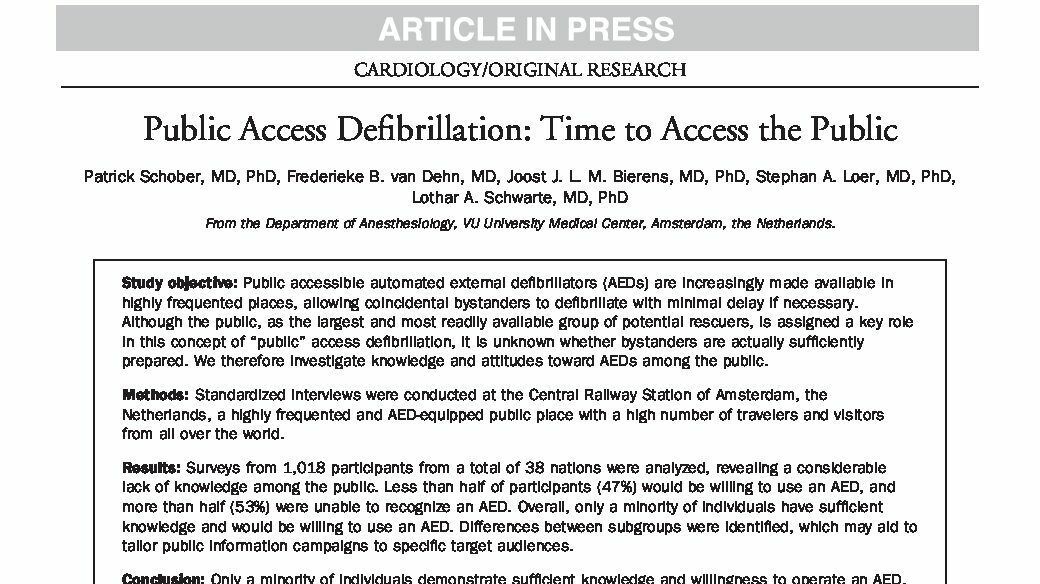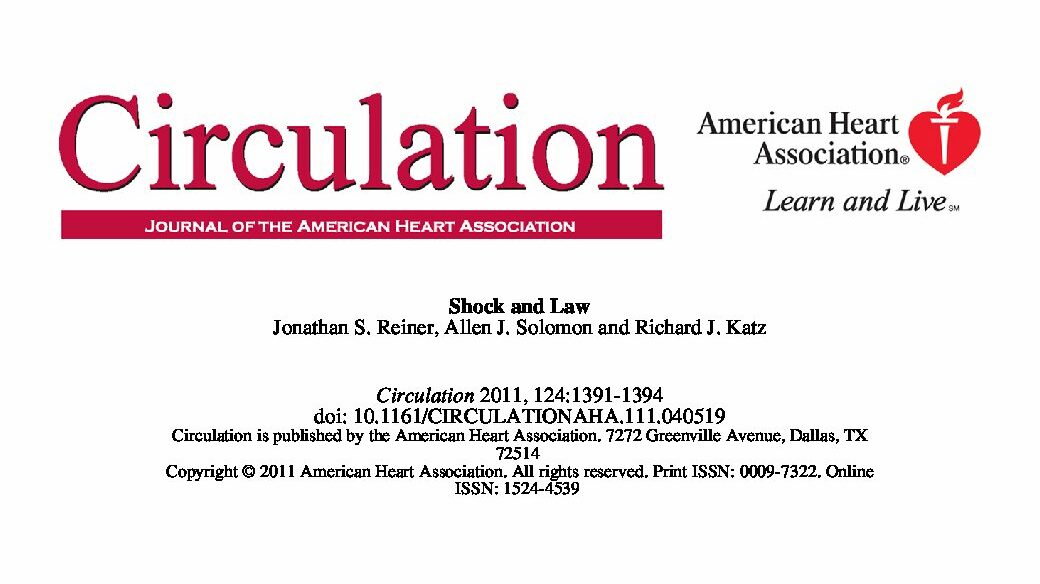The authors introduce updated guidelines addressing the evolving complexities of emergency response in modern athletic settings.
TAKE10 Cincinnati is a grassroots effort involving citizens, rescuers, and doctors designed to educate and rally the community about compression-only CPR, an easy-to-learn technique that can save lives.
Ron Courson, Executive Associate Athletic Director – Sports Medicine with the University of Georgia Athletic Association, recently shared with us his thoughts on the role of Emergency Action Plans (EAP) in helping athletic organizations prepare for injuries and other emergency situations.
Sudden Cardiac Arrest (SCA) is a life-threatening emergency that occurs when the heart suddenly stops beating. It strikes people of all ages who may seem to be healthy, even children and teens.
A Cardiac Emergency Response Plan (CERP) can increase sudden cardiac arrest (SCA) survival rates by 50 percent or more by enabling a trained lay-responder team to take action. The safety of students, school staff and visitors can be enhanced with a coordinated, practiced response plan where
A sudden cardiac arrest in school or at a school event is potentially devastating to families and communities. An appropriate response to such an event—as promoted by developing, implementing, and practicing a cardiac emergency response plan (CERP)—can increase survival rates.
Approximately 300 000 people suffer out-of-hospital cardiac arrest (OHCA) in the United States annually. Survival rates from OHCA vary widely among locations but have been extremely low in most environments.
Public accessible automated external defibrillators (AEDs) are increasingly made available in highly frequented places, allowing coincidental bystanders to defibrillate with minimal delay if necessary. Although the public, as the largest and most readily available group of potential rescuers,
Despite the intuitive design of modern AEDs, and the clear relationship between sudden cardiac arrest (SCA) survival and time to defibrillation, AEDs are not extensively disseminated in public places.
